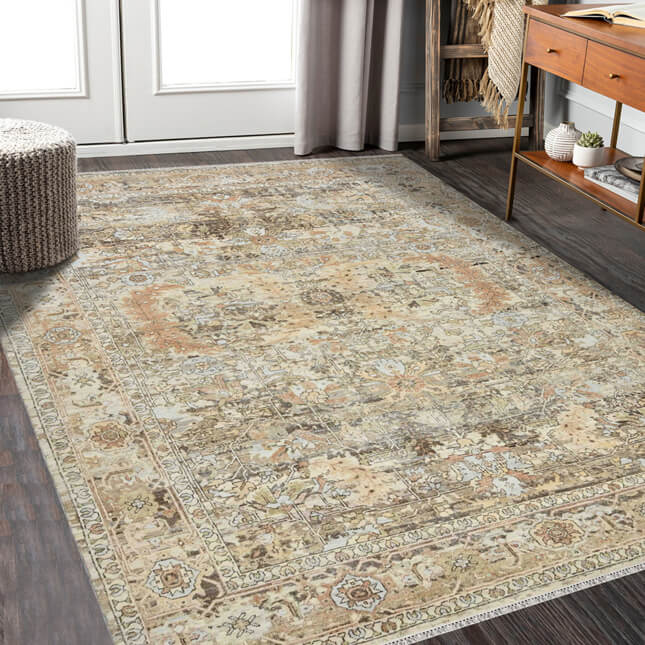Running is one of the most simple and rewarding forms of exercise. It strengthens the heart, improves mood, and builds stamina. For many people, it is not just a workout it is a way to clear the mind and connect with nature. However, for runners who live with health conditions such as asthma, diabetes, heart issues, or epilepsy, each run carries added responsibility. Preparation and awareness becomes as vital as speed and stamina. Ensuring security through the right gear and habits can make running both empowering and secure.
Before lacing up your shoes, it is important to recognize that health challenges do not have to limit your goals. They simply call for smarter planning. With the right safety tools and awareness, runners can remain confident even when managing medical risks on the trail or track. A thoughtful approach, supported by proper equipment and smart habits, ensures that each step is safe and enjoyable.
One essential tool for runners managing any medical condition is a durable silicone medical ID bracelet engraved plate. This simple accessory can make a life-saving difference. In case of an emergency, it instantly informs first responders or passersby about your condition, allergies, or emergency contacts. Unlike paper cards that can get lost or wet, silicone bracelets are comfortable, waterproof, and long-lasting. They are especially helpful for runners with diabetes, heart conditions, or severe allergies, where every second counts. By wearing one, runners can train or compete knowing vital information is always accessible, even if they cannot communicate during a crisis.
Understanding the Risks
Runners with health conditions frequently face unique physical challenges that require extra vigilance. For example, people with asthma may experience breathing problems during cold or humid weather. Those with diabetes may need to manage fluctuating blood sugar levels before, during, and after running. Likewise, heart patients must watch for overexertion, dehydration, or irregular pulse rates. Each condition comes with different precautions, but they share one rule never ignore warning signs.
Environmental factors also play a part. High humidity, poor air quality, or extreme temperatures can intensify symptoms. Moreover, running alone in isolated areas increases the risk of delayed assistance if an emergency occurs. That’s why safety preparation and preventative planning are essential components of every running routine. When you combine awareness with the right gear, risks can be effectively managed, allowing you to enjoy running safely.
Essential Safety Must-Haves for Runners
Proper preparation starts with selecting the right safety gear. These items may seem simple, but they can significantly reduce risk and build confidence on each run.
1. Medical ID or Emergency Contact Gear
A visible medical ID could be your most important piece of running gear. Whether you choose a wristband, a shoe tag, or a necklace, ensure that it lists key medical details. This quick-access information can save valuable minutes during emergencies. For individuals managing chronic illnesses or allergies, a durable, engraved bracelet ensures that first responders understand the situation immediately. It’s an investment in safety that offers peace of mind with each mile.
2. Smartwatch or Fitness Tracker
Modern wearables are more than step counters they are safety devices. Many smartwatches now feature heart-rate monitoring, fall detection, and emergency SOS features. If your pulse suddenly spikes or drops, your watch can alert you or even contact your emergency contacts. This is especially useful for runners with cardiovascular conditions or those recovering from surgery. By tracking real-time data, you gain control and insight over your physical limitations.
3. Hydration Tools
Staying hydrated is essential for every runner, especially those who take medications or have conditions affected by fluid balance Carrying a small hydration pack or belt makes sure you always have water within reach. Adding electrolyte mixtures can prevent dehydration and maintain energy levels. Runners with diabetes, for instance, should carry both water and glucose tablets to manage sudden drops in blood sugar.
4. Appropriate Footwear and Clothing
Running with the wrong shoes or tight clothing can cause joint strain, skin irritation, or circulation problems. Choose lightweight, cushioned shoes that match your gait and provide stability. Breathable clothing with reflective strips enhances visibility during low-light runs. Compression socks can also help with circulation, especially for runners prone to swelling or muscle fatigue.
5. Medication and Portable First-Aid Essentials
Carrying medication might seem inconvenient, but it’s critical for safety. Runners with asthma should always keep an inhaler handy, whereas those with allergies should carry an epinephrine auto-injector. Diabetic runners can use compact pouches or running belts for storing glucose gels or insulin pens. Including small first-aid supplies like adhesive bandages or antiseptic wipes ensures quick response to minor injuries.
Smart Running Habits for Safety
Besides safety gear, running habits play an equally important role in preventing medical complications.
Start slowly and warm up. Gentle stretching and gradual pacing help prepare the body, especially for those who manage heart or respiratory issues. Cold starts can shock the system, while proper warm ups support steady breathing and muscle readiness.
Run in safe and familiar areas. Select well-lit routes with regular foot traffic. Avoid isolated trails, especially if you are running alone. Whenever possible, run with a partner or join a local running group that understands your needs. Companionship not only provides motivation but also immediate help in case of emergencies.
Inform someone before you go. Always let a friend or family member know your route and estimated time of return. Many tracking applications allow you to share your live location, which can be vital if something unexpected happens.
Monitoring your body’s signals. Do not ignore dizziness, chest tightness, or shortness of breath. Stop, hydrate, and rest immediately if symptoms occur. For runners with diabetes, check blood sugar before and after running to avoid dangerous drops or spikes.
Be weather-aware. Heat and humidity can dehydrate you faster, while cold air can trigger breathing problems. Adjust your pace, dress appropriately, and stay informed about the air quality and temperature changes before heading out.
Technology and Innovation for Safer Running
Today’s technology offers valuable tools which make running safer and more data-driven. GPS apps allow loved ones to track your running in real time. Smart fabrics monitor temperature and heart rate, providing instant feedback about your condition. Some running shoes even feature embedded sensors that analyze pressure points and posture, reducing the risk of injury.
Furthermore, mobile health apps sync with smart devices to track medication reminders, hydration levels, and emergency contacts. These innovations transform safety from a precaution into an integrated feature of the running experience. The integration of health and fitness data allows runners to enjoy the sport responsibly and independently.
Conclusion
Running with a health condition isn’t about limitations it’s about smart management and self-awareness. With the right safety equipment and preparation, anyone can enjoy the freedom and satisfaction that running brings. From a durable silicone medical ID bracelet with an engraved plate to advanced fitness trackers and hydration packs, each item plays a vital role in ensuring safety on every run.
When runners take proactive steps – informing loved ones, carrying medical essentials, and listening to their bodies – they reduce risks and gain confidence. Safety does not slow you down; It empowers you to go farther, stronger, and smarter. Whether you’re training for a race or jogging around the block, your health should always come first. Equip yourself with the right tools, trust your preparation, and embrace every stride knowing that you are protected and ready for the road ahead.



